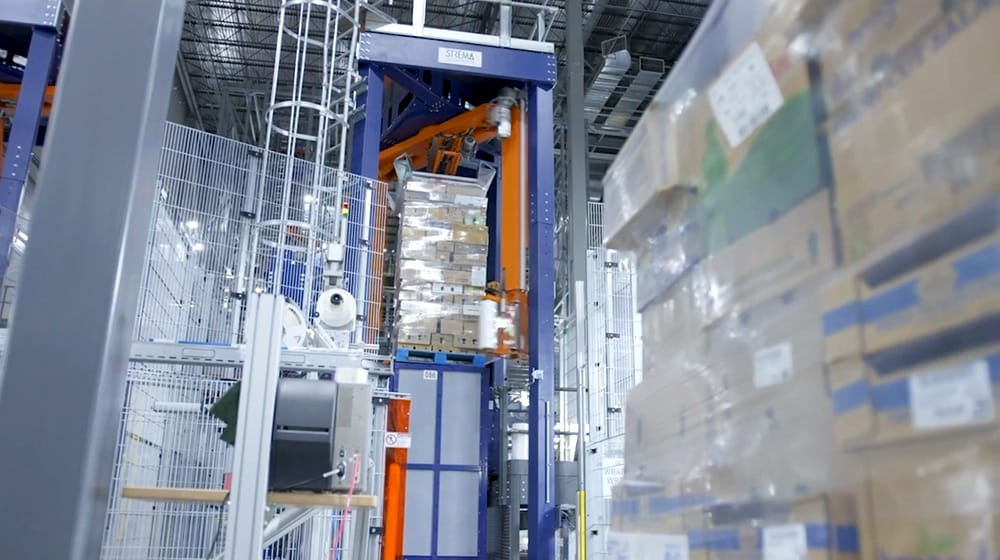
Walmart has revealed that large language models (LLMs) have allowed it to automate and complete key tasks that would once have required 100 times as many staff to complete manually.
In a recent earnings call, Walmart bosses shared details of its ambitious automation scheme and announced that Generative AI has allowed the supermarket chain to complete a major transformation project using just 1% of the staff required in the pre-AI era.
It uses large language models (LLMs) built by third parties and creates its own to perform tasks such as improving its product catalogue.
Stephanie Wissink, Senior Vice President and Head of Investor Relations, said: “The quality of the data in our catalogue affects nearly everything we do, from helping customers find and buy what they're looking for to how we store inventory in the network to delivering orders. We've used multiple large language models to accurately create or improve over 850 million pieces of data in the catalogue.
“Without the use of generative AI, this work would have required nearly 100 times the current headcount to complete in the same amount of time.”
Wissink added: “As it relates to strengthening our business for the future, we continue to be pleased with the automation work happening in our supply chain and our progress with technology overall. We're finding tangible ways to leverage generative AI to improve the customer, member and associate experience.”
By the end of the year, 3,000 out of a total of 4,600 stores will receive deliveries from automated facilities, said John Furner, President and Chief Executive Officer, who also hammered home the productivity gains of GenAI.
READ MORE: Cisco celebrates "second strongest year" ever, cuts 7% of its workforce

He added: “It's about 100 times more productive to use GenAI versus having people work through each product display page… The GenAI product that we're using has helped us populate the attributes and the characteristics of hundreds of millions of items, and that would have taken, as I said, a 100 times longer if we had tried to do that manually."
John David Rainey, Executive Vice President, Chief Financial Officer, also said that Walmart is “making good progress on our supply chain transformation.”
In the US, more than 45% of its e-commerce fulfillment centre volume is now automated, and roughly 1,800 stores are “receiving some level of freight” from 15 regional distribution centres that “are in varying stages of automation implementation.”
“And while we're spending more on capex than we have historically, we're pleased with the returns from these investments, particularly the automation of our supply chain,” Rainey continued.
In Q2, Walmart recorded revenue of $169.30 billion during the quarter, beating analysts’ $168.56 billion forecast.
In June 2024, the chain revealed that it was building GenAI-powered shopping assistant which lets customers ask questions such as "which TV is best for watching soccer?" and then get shown a telly that suits their needs. It has also introduced GenAI-powered search as well as AI product reviews, summarizations and comparisons.
All of Walmart's GenAI tools are powered by proprietary AI/ML and conversational AI platforms.
In a letter to shareholders released alongside its earnings report earlier this year, Walmart committed to tech investment and said it had "thousands of associates working in tech roles around the world."
"They’re innovating to bring new experiences to life, unlocking insights from data to enable our decisions, and intelligently automating our operations with technologies like generative AI, computer vision and automated storage and retrieval systems in our distribution and fulfilment centres," CEO Doug McMillon wrote.
"We’ve launched innovative capabilities such as generative AI-driven product search allowing customers to shop more intuitively."
He added: "As we drive our digital businesses, we’re reshaping the business model. Think about it as a combination of a traditional retail P&L, coupled with a newer version that starts with our digital businesses."